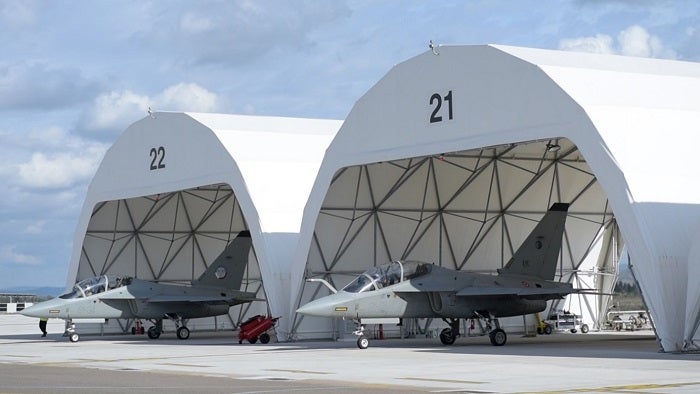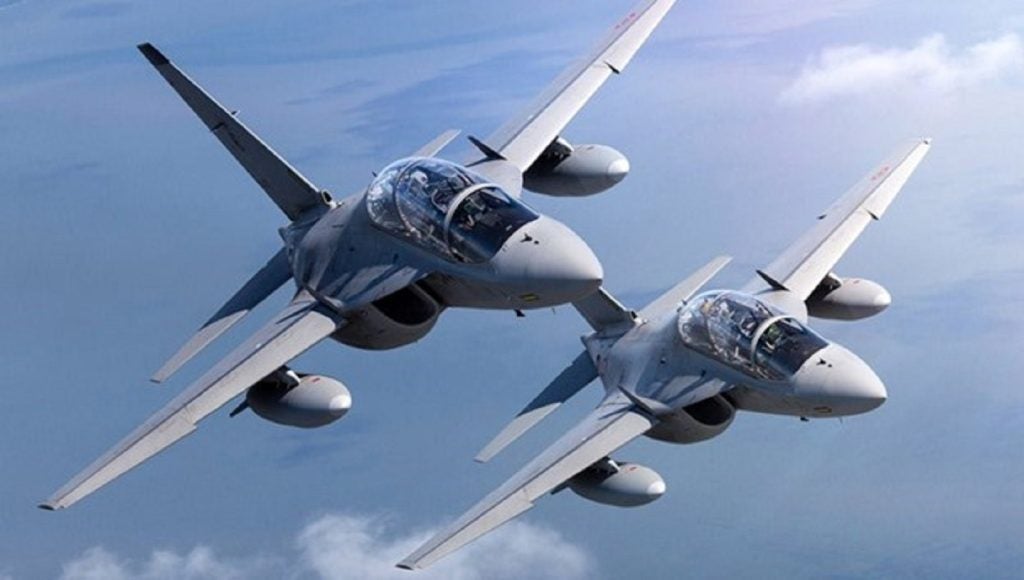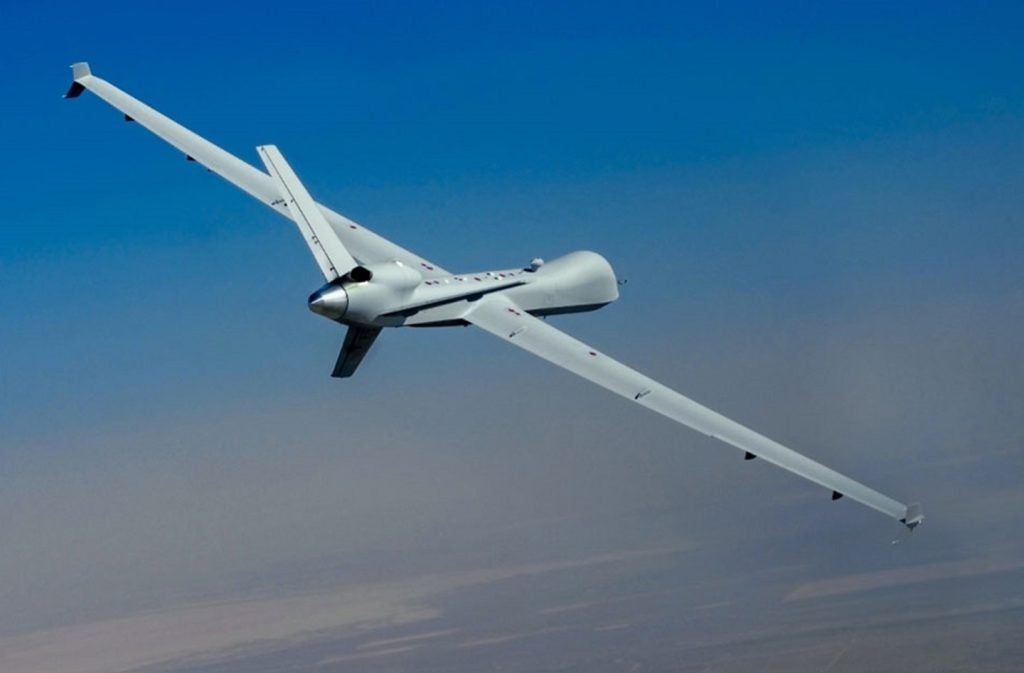A group of countries in the Nato military alliance have expanded the organisation’s European flight training initiative.
Belgium, Czechia, Germany, Greece, Hungary, Italy, Montenegro, North Macedonia, Romania, Spain, Türkiye, and the UK have established the first ever placement of around 50 student pilots in four locations beginning in 2024.
In addition, they have set up nine new training campuses and formed a dedicated industry advisory body that will help to co-ordinate a holistic training approach.
The Nato Flight Training Europe (NFTE) initiative was originally created in June 2020 in the margins of the Nato Defence Minister’s meeting that year. Belgium soon joined in February 2021 followed by Germany and the UK in October 2023.
NFTE pilots learn to fly a range of aerial vehicles including jets, helicopters, and remotely piloted air systems.
Ultimately, delivering pilot training is an increasingly costly and challenging endeavour. Many European allies sent their pilots for training to the US to fulfil their pilot training needs, which resulted in additional strain on US capacities.
The establishment of the NFTE significantly decreases this reliance on existing US training facilities, by making European allies capable of training their own flight crews.
In December 2021, the participants officially designated the Flight Training Centre in Pardubice, Czech Republic, and the International Flight Training School (IFTS) in Decimomannu, Italy as the first two NFTE training campuses.
NFTE expansion
Russia’s full-scale invasion of Ukraine has shown the importance of air superiority in waging a lasting campaign. It has even prompted Western allies to send F-16 Fighting Falcons to be used by the Ukrainian Air Force – its first group of pilots recently completed their initial flight training with the UK Royal Air Force last week.
Since it began twenty years ago, Nato’s air policing mission in Baltic airspace has proven highly effective in projecting a credible deterrence against Russia, having scrambled jets five times between 18 and 24 March 2024 to intercept Russian aircraft over the Baltic Sea.
NFTE’s new campuses and institutions will help to consolidate these efforts as the continent looks to achieve longer term goals into the 2030s, as the EU Commission and the European Defence Agency together unveiled its first ever Defence Industrial Strategy recently.
Nato’s Deputy Secretary General Mircea Geoană observed: “Unity doesn’t just happen, it has to be earned. One way of achieving this is by systematically training together and forging trusting relationships in the process. NFTE is an excellent example of this.
“This important multinational effort will help us to break down national silos towards a shared approach to training the next generations of aircrews.”

Trainer issues within Nato
Although the group has made substantial efforts to expand its capacity for advanced military pilot training, some Nato members have faced issues with their trainer aircraft.
The Royal Canadian Air Force is currently in a period of hiatus while the service decides on its next trainer aircraft as the country’s existing 18 CT-155 Hawk units come to the end of their 24-year-long life.
As a result, Canada has deferred its pilot training abroad as part of an interim training programme that will see Canadians take to the skies from Sheppard Air Force Base in Texas as well as other Fighter Lead-in Training programmes in Finland and at Italy’s IFTS, where Canada will have two instructors and six students by 2025.
Likewise, there was a long period in which the UK Royal Air Force was undecided in its successor trainer aircraft now that its Hawk T2 was also coming to the end of life phase.
In January 2024, there was concern that the RAF would be left with nothing for real-world training in a physical aircraft that possesses next-generation capabilities suited to a completely new era of aerial warfare other than simulator technology.
However, in March 2024, the UK finally announced it will deliver a Capability Investigation process into the Hawk’s replacement later this year.
Although, it was confirmed that the Hawk will continue to be used right up to its end of life date in 2040, it still gives rise to the concern that the Hawk will not reflect an up-to-date reflection of fifth or sixth generation fighter aircraft, such as the F-35B or the forthcoming GCAP fighter jet.











